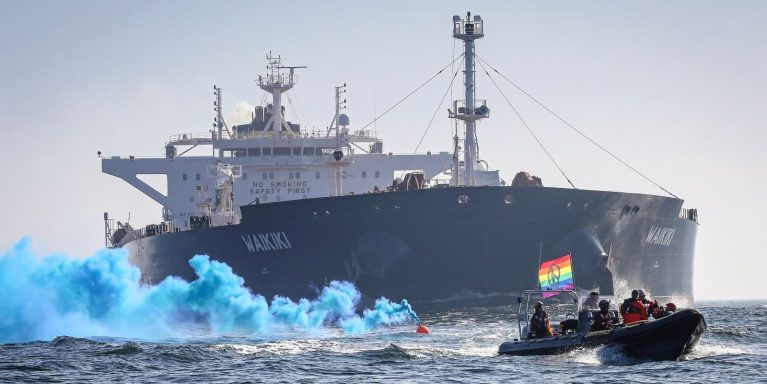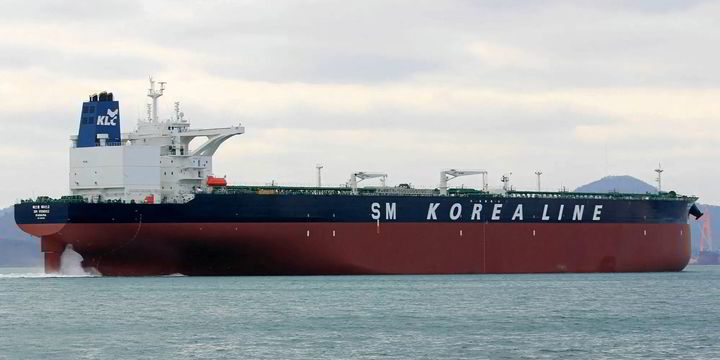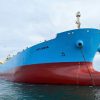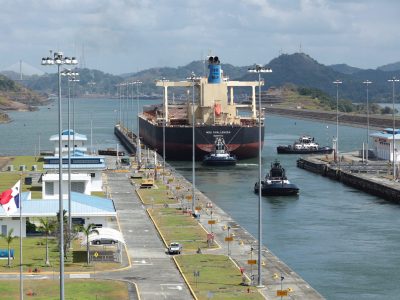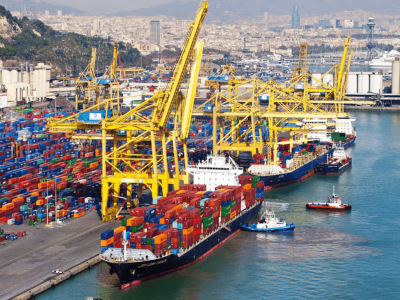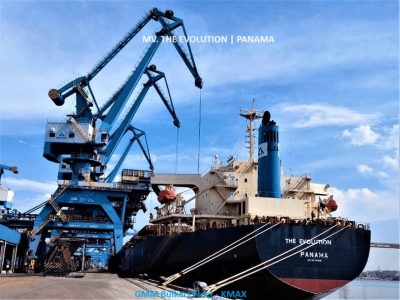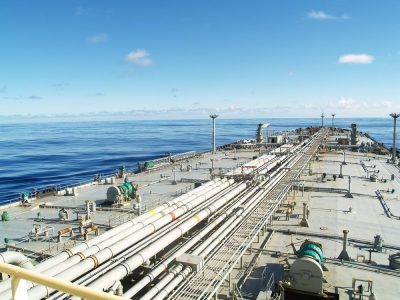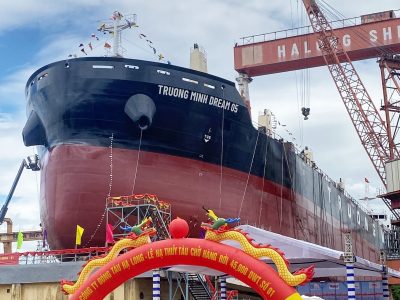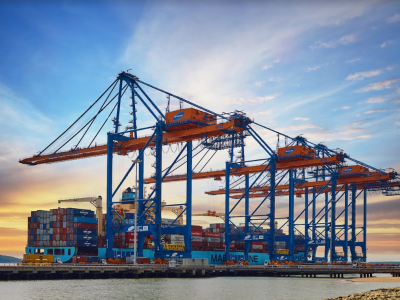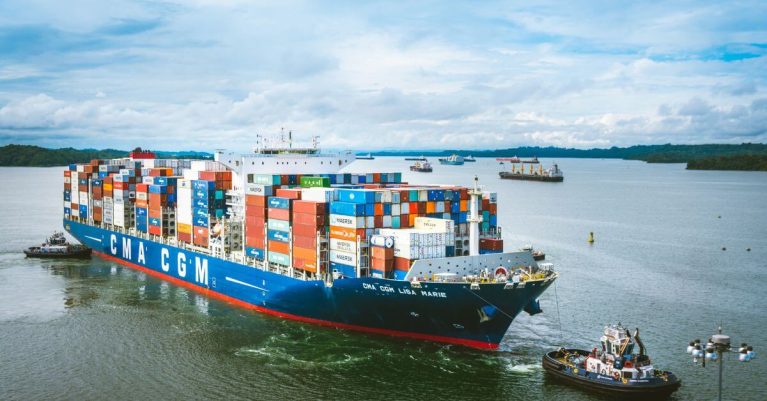By GMM News | 2025-04-28 | International Shipping News |

Container shippings is experiencing significant disruptions as continued blank sailings on Transpacific routes reach unprecedented levels amid escalating trade tensions between the United States and China.
Recent industry data reveals a dramatic spike in cancelled sailings, with carriers responding to reduced demand by withdrawing capacity across major trade lanes.
The situation has intensified following the U.S. implementation of 145% tariffs on Chinese goods, met with retaliatory measures from China.
Despite reports of negotiations on tariffs, the trade conflict has already triggered a notable market response, particularly visible in the Asia-North America East Coast routes.
According to Sea-Intelligence’s latest analysis, the impact is most severe for the week starting May 5, where blanked capacity has reached 42% of total offered capacity, marking a sharp 7 percentage point increase from the previous week. The Asia-North America West Coast route is experiencing similar disruptions, with blanked capacity more than doubling from 13% to 28% for the week starting April 28.
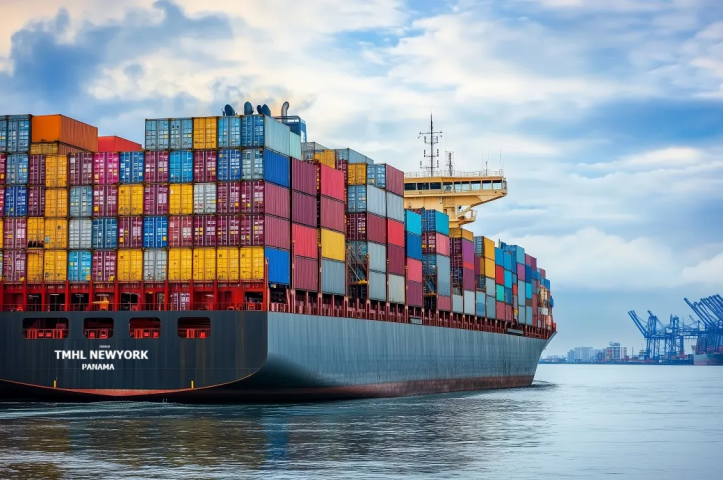
Drewry’s latest report indicates that across key East-West trade lanes, 75 sailings have been cancelled between weeks 18 and 22, representing 10% of total scheduled sailings. The Transpacific Eastbound route bears the brunt of these cancellations, accounting for 61% of all East-West cancellations.
While sailing reliability is expected to show modest improvement, with forecasts suggesting 90% of weekly departures will proceed as scheduled, the situation remains volatile, according to Drewry.
The impact on shipping rates is already evident, with Drewry’s WCI Composite Index declining 2% week-over-week to $2,157 per 40ft container. Transpacific rates have experienced the steepest decline at 3%, while Asia-Europe/Med and transatlantic routes each dropped by 1%.
Industry stakeholders are adopting cautious approaches, with some exploring alternative sourcing options in Southeast Asia. However, equipment shortages and capacity constraints continue to pose significant challenges.
Market stability largely hinges on the outcome of ongoing tariff negotiations, with potential for further service reductions if uncertainty continues.

